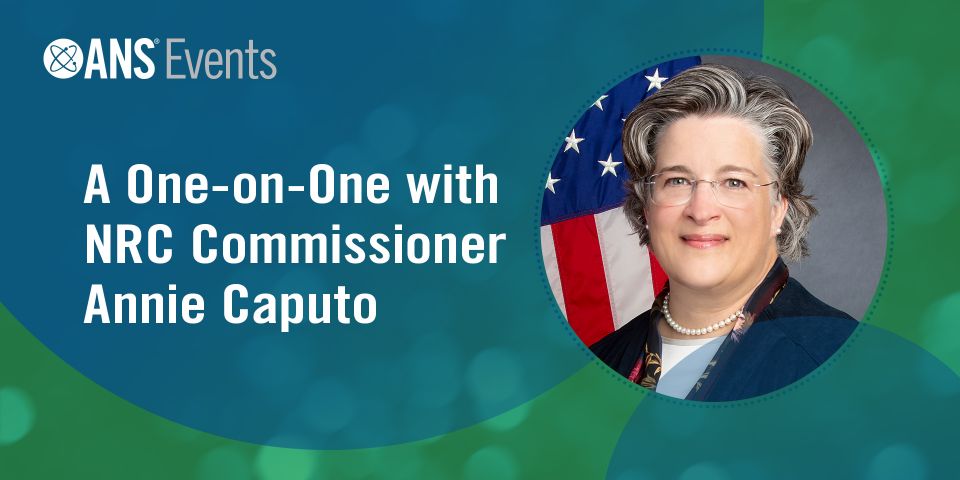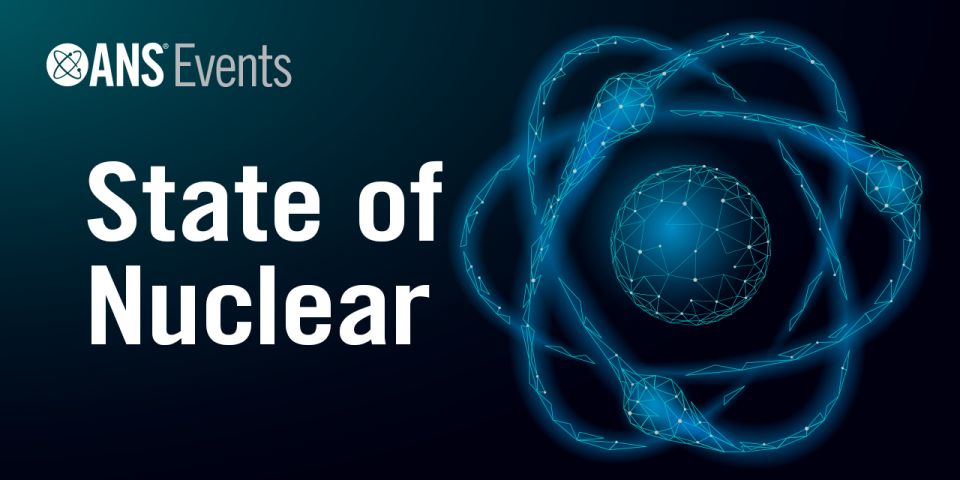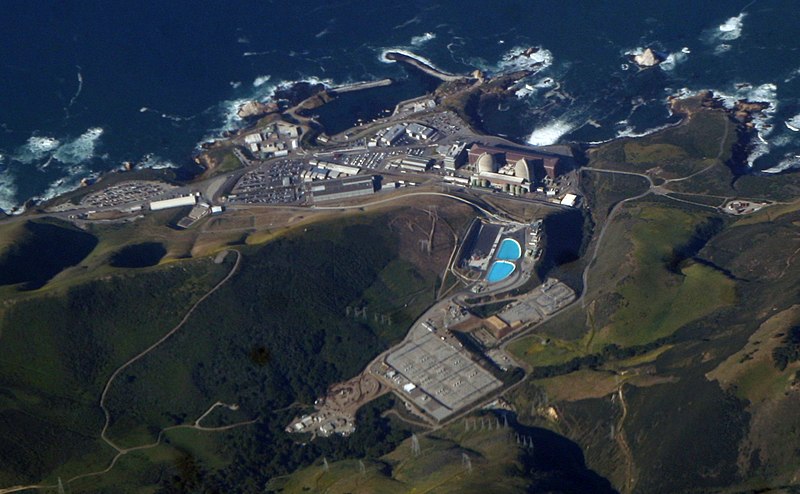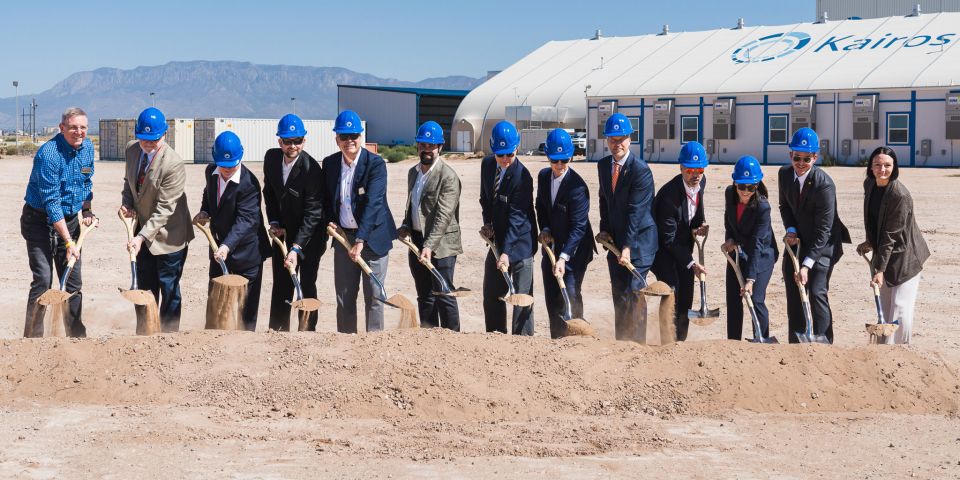The nuclear community rallies to save Diablo Canyon
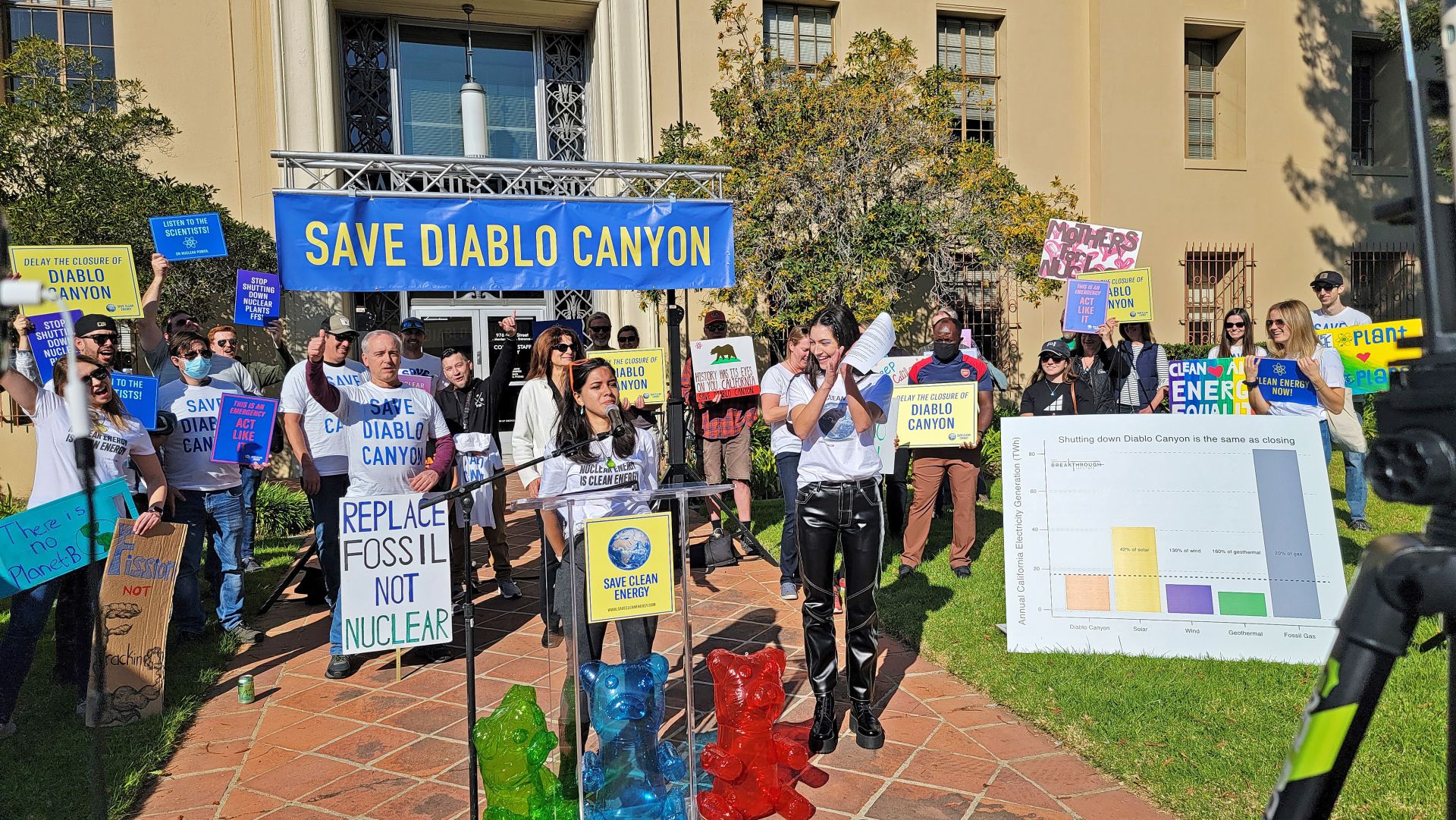
Over the past couple of months, the nuclear community has participated in a grassroots effort to save the Diablo Canyon nuclear power plant from premature closure—and it appears to be having an effect. The growing support for keeping Diablo Canyon open is seen in editorials, an academic study from Stanford/MIT, and a grassroots rally held in December 2021 to show support for keeping Diablo Canyon operating.
The current settlement: In 2018, Pacific Gas & Electric worked with the local community and environmental and political groups to finalize a deal that would allow the Diablo Canyon reactors to retire at the end of their current operating licenses.
As ANS President Steve Nesbit stated in an ANS News column last year, “At that point, 2.2 GW of around-the-clock emission-free electricity (about 9 percent of California’s power mix) will disappear, to be replaced (in theory) by 1 GW of geothermal energy and 1 GW of long-duration storage. Good luck with that.”
The editorials: A number of editorials were published in November and December, including from former energy secretaries Steven Chu and Ernest Moniz, the Washington Post editorial board, and ANS President Steve Nesbit and CEO Craig Piercy, all in favor of keeping Diablo Canyon open and agreeing that the closing of California’s last nuclear power plant will do more harm than good.
As stated by Nesbit and Piercy, “Closing California's remaining nuclear power plant will cause more grid instability and rolling blackouts for the state because Diablo Canyon reliably supplies approximately 10 percent of in-state power. Along with further weakening California’s fragile power grid, the premature closure of Diablo Canyon will deprive California of its largest carbon-free energy resource and worsen the state’s growing dependency on electricity from out-of-state fossil power plants.”
The Biden administration also chimed in, with Energy Secretary Jennifer Granholm suggesting in a recent interview that California might reconsider closing the facility to avoid losing an always-on source of clean electricity.
In response, the Los Angeles Times editorial board published an op-ed in favor of the current settlement. That editorial even acknowledges that many experts agree that keeping Diablo Canyon is the best path forward. It states that keeping Diablo Canyon open “would reduce climate pollution, bolster grid reliability, and buy time during a crucial period in the state’s transition toward solar, wind, and other renewable energy sources,” citing a recent report by Stanford University and Massachusetts Institute of Technology scientists that lends support to the idea.
However, the editorial goes on to say, “But the idea is misguided, and at this point remains largely divorced from reality. The plant’s closure should instead serve as an impetus for California to do more to accelerate the shift to renewable energy and set a realistic course to meet the state’s target of getting 100 percent of its electricity from carbon-free sources by 2045.”
The rally: A rally organized by Mothers for Nuclear and nuclear influencer Isabelle Boemeke in support of Diablo Canyon took place in early December. The event was attended by dozens of members of the nuclear community to show solidarity for the plant and the community it serves. ANS communications director Andrew Smith attended the rally and used ANS’s social media channels to amplify its message.
“The political elites might be divided on whether to use carbon-free nuclear energy to halt climate change and to keep California's lights on, but working Californians are not,” Smith said. “It was clear the moment I landed in San Luis Obispo that anti-nuclearism is not representative of the views of the local community. Nearly every local I spoke to had not only a favorable opinion of Diablo Canyon, but also had a multitude of reasons for supporting nuclear power. An Uber driver named Kobi, who grew up in the area, listed land conservation, clean air, and a reliable and affordable power grid as her reasons. She said it is out-of-touch decision-makers and outsiders who are threatening the natural beauty of the region by lobbying for the closure of the energy-dense Diablo Canyon. The residents I spoke with realize that Diablo Canyon can't be replaced so easily and that the lost power supplies must be replaced somehow, mostly from increased fossil fuels and to a lesser extent from land-intensive but intermittent renewables."
The ANS expert panel: In mid-December, ANS hosted a webinar that brought together Illinois state Sen. Sue Rezin, Stanford University Ph.D. candidate Ejeong Baik, and the director of the International Brotherhood of Electrical Workers’ Utility Department, Donnie Colston. The panelists discussed how nearly a dozen U.S. nuclear power plants have been prematurely retired. However, as clean energy commitments expand globally and nationally, the value of existing nuclear power plants and the numerous closures seem diametrically opposed—especially in the case of Diablo Canyon.
Baik, who worked on the above-referenced Stanford/MIT study, stated that back in 2018, the value of Diablo Canyon was unclear, but there have been several new developments since then. Those include reliability challenges resulting in rolling brownouts, the ongoing drought and wildfires, and conservation measures, all of which should be considered prior to shutting down the plant.


